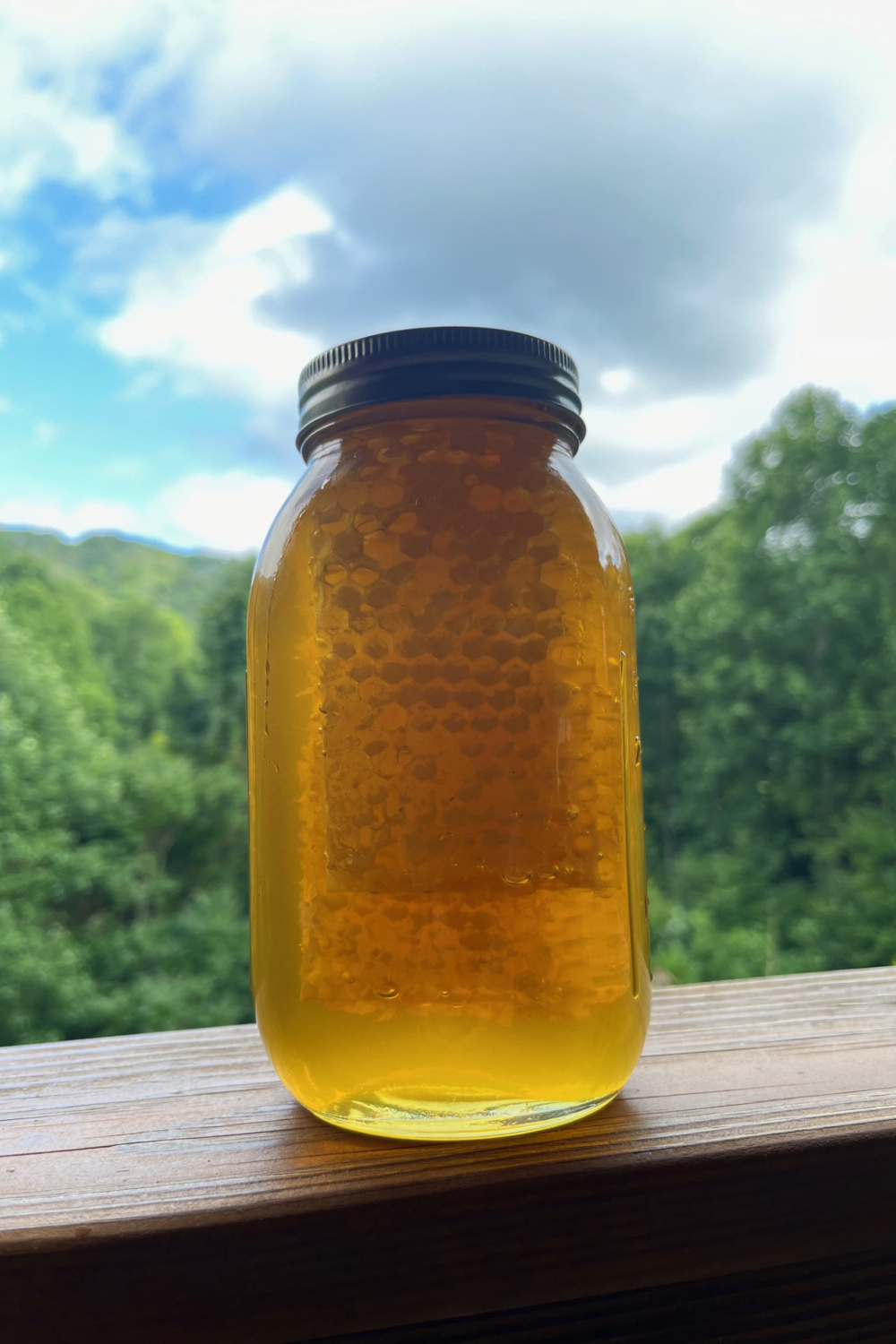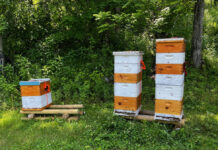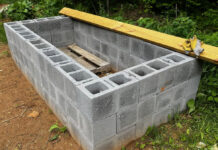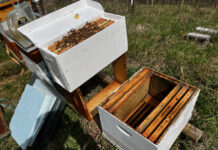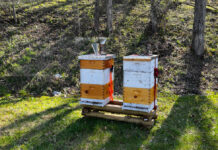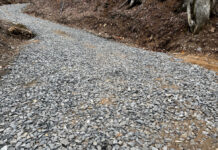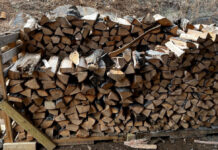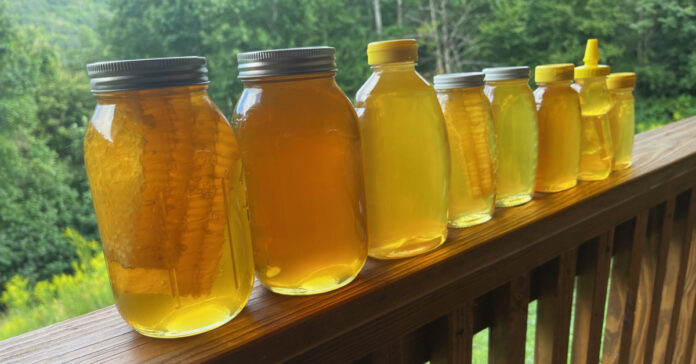
Our fall honey harvest is now complete. We extracted and bottled 185 pounds of honey, giving me the full-year total of 270 pounds, making 2024 our best honey harvest ever. Unfortunately, we did not produce more than 300 pounds, which was my target. The bees had produced very little goldenrod honey, so I only harvested a few additional frames when we pulled the last of the supers off the hives.
Three of our eight hives were new splits, and they produced very little honey for the harvest. My hope is they will burst onto the scene next year and produce an abundance of both bees and honey. No way to tell, of course. We got lots of honey from two hives, some honey from three hives, a few frames from one, and none from two.
Bottles and Jars
Because we sold out of quarts after the spring harvest, I filled 32 quart jars of honey, meaning half the harvest went into quarts. After using up my remaining honey jars, I switched over to quart canning jars. They are 20 cents more per jar than those I get at the bee supplier, but give the customer a useful jar they can hang on to and re-use. I think I will do that from now on. It also gives me an excuse to buy and stock quart canning jars. I have several cases, but I don’t think a homesteader or prepper can ever have too many jars and lids on hand.
I also made 48 one-pound glass queenline jars and one-pound plastic squeeze bottles. The balance went into two-pound bottles, 12-ounce bears, and 8-ounce bottles. (I don’t know why anyone would want only eight ounces of honey, but they sell, so I make them.)
My daughter and her girlfriend, who helped process the honey, took home a good 10 pounds of liquid honey and six pounds of comb honey.
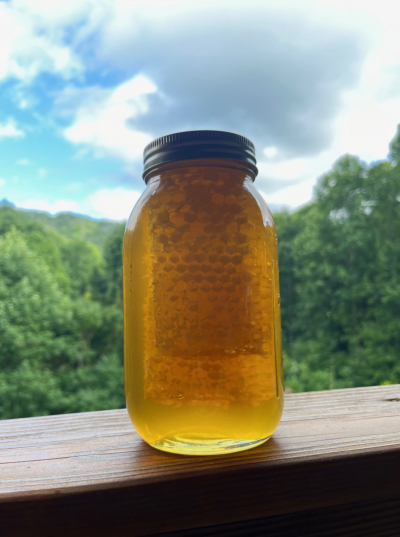
Some of the quart jars had two slabs of honeycomb in them. The locals like this kind of honey because that is how they ate it 40 or 50 years ago. It is also something that differentiates my honey from that of other local beekeepers.
I will deliver honey to my retail outlets this coming week. That should push my farm operation into profitability for the year. I’ll have to pay some taxes, but having an occasional profit when farming means the IRS cannot accuse me of having a hobby instead of a business.
I will also start delivering honey to friends and neighbors.
Homestead Update
The garden is nearing the end as temperatures drop. My wife harvested the last of the cucumbers and pulled out the vines, adding them to the compost pile. She made another batch of pickles with the harvest. The green beans are also done for the year.
Four peppers have now turned red, which is our goal, and are being used in the kitchen. Several more are in the mottled-red stage. A couple more warm days and they will fully ripen. That will put us ahead of last year. We are also dehydrating sage and other herbs.
Our zucchini continues to produce. We gave three to our chickens in the past week. Another five or six are on the kitchen counter. We also gave our neighbor a loaf of zucchini bread.
The chickens continue to produce eggs at a good pace, and on Monday my wife delivered 6-dozen to a repeat customer. As the weather cools, the 19 hens are laying to 16 or 17 eggs per day. Once the molt starts, laying should dry up for a few weeks and then slowly come back.
The chickens were born last August and produced a high number of eggs after the winter solstice. I will be interesting to see how these ladies bounce back from the molt. It would not surprise me at all if they produce only 10 or 12 per day, maybe less in January and February. Depending on how production recovers in the spring, I will have to decide when to replace them, and how many to get next time. I know my wife wants fewer than 20 this next time.
New Security Camera
One of the outdoor wireless security cameras I bought in June 2020 stopped working for no apparent reason. I got out my volt meter and checked both the outlet and the power supply. The outlet showed 122 volts and the power supply produced 12.2 volts DC, right on target, so I concluded the camera was dead. The camera originally cost $37, meaning it cost me $9 a year to have live video on my PC or my phone every time someone or something walked by the camera. Not a bad deal.
In the four years since I bought them, the cameras have improved and become less expensive. For just $27, I got a new camera with the ability to rotate or pan the lens, plus a microphone and speaker to talk and listen through it. Before buying the new camera, I only had this capability in the indoor cameras. Because this is the camera near the front door, I am pleased to have these added features.
Security Check
While I was working on my home security, I decided to replace all the batteries in my alarm system. This includes multiple motion detectors, two different glass break sensors, two different door alarm sensors, smoke detectors, key fobs, and room occupancy sensors, which work like motion detectors when the alarm is on. I expected to need CR123 batteries and CR2032 coin cells, and I did. I didn’t realize I would also need AAs and CR2450s. Not only did I not have any CR2450 batteries on hand, I had never had a device that uses them. I ended up buying a five-pack on Amazon and will have to install these next week after my package arrives.
This is just a reminder that no matter how prepared you think you are, you never have everything you need. After they arrive, I will have a couple of spare CR2450 batteries, but I’m sure something else will come up.
All of our solar-powered motion-sensor lights are still working. Most of them were also purchased four years ago.
If you have exterior cameras, lights, or other security sensors, inspect them and replace the batteries before it gets cold. Many batteries suffer when it is cold, so starting the winter with a fresh set will improve performance.
